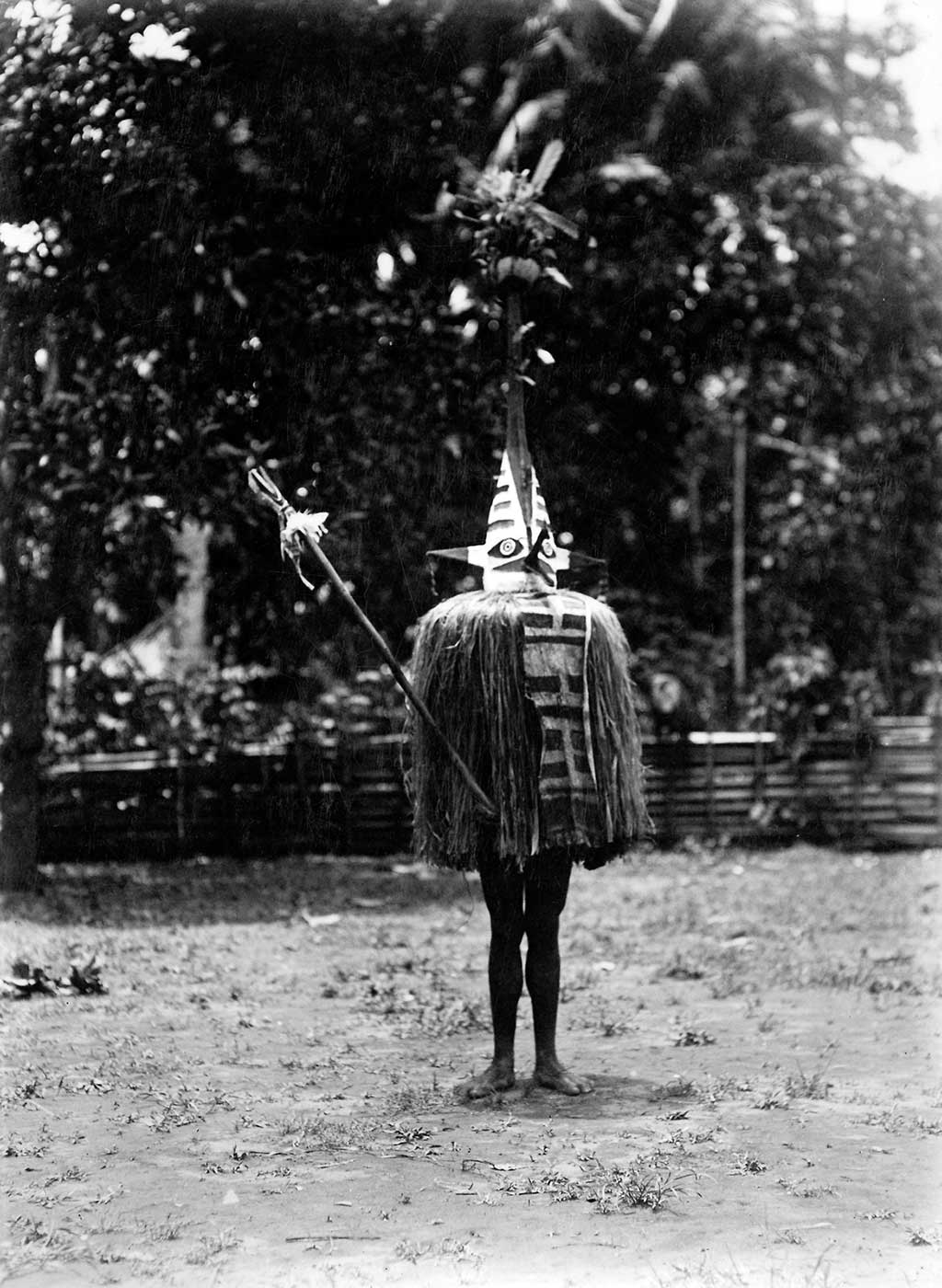In 1913 the Australian Government built an anthropology museum in Port Moresby, and introduced legislation to protect the cultural property of Indigenous Papuans.
The Papuan Antiquities Ordinance prevented the export of significant items of tangible cultural heritage. Artefacts exported in contravention of the ordinance could be confiscated and added to the government’s own collection, which later became known as the ‘Papuan Official collection’.
‘To receive a mask is both an honour and an obligation’, explained Papua New Guinean politician Albert Maori Kiki in 1968. ‘The initiate … is placed under a strong obligation to the people who give him a mask to wear. They will expect him to render help later on in doing their gardens and in looking after them when they are old.’
‘Australia’s Official Papuan collection’, reCollections
Norm Wilson Papua New Guinea collection highlight
1906: Australia takes control of Papua as an ‘external territory' defining moment
Collections 2006 series 21 Mar 2006
Australia’s Official Papuan collection: Sir Hubert Murray and the how and why of a colonial collection
In our collection
Explore more Australasian empire
You may also like
